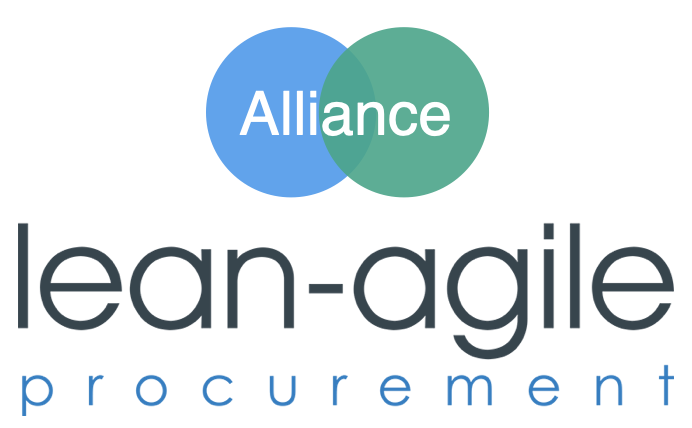Does the RfP Process need a major Upgrade? - Episode 1: The History
Looking back in the history of the RfI/RfP process we see, that it’s source was developed in another time at the end of the 19th century. Of course the new channels like phone, email, web, etc. allowed new possibilities and increased efficiency. However the core of the process stayed nearly the same and struggles with increased demands of complex orders. Do we may be need a major upgrade after almost 120 years?
Lets first look back in history, how it come to the todays RfP Process.
Please note: This blog posts is focusing just on the RfP process. We are aware of the fact that modern procurement is much more than this. We hope you enjoy another perspective!
History
Despite that people have been trading since ancient times procurement is a relatively new discipline and was unknown before 1800. One of the first mentions is from 1832 in Charles Babage’s Book On the Economy of Machinery and Manufactures. He points to the need for a ‘materials man’ in the mining sector, who selects, purchases and tracks goods and services required. Before, there were just local markets with low competition. Everybody knew each other and came e.g. to the local blacksmith and made his order for a new pick in person. The products were highly individual and hand made.
During the Industrial Revolution, procurement solidified its importance. Marshall Kirkman’s 1887 book The Handling of Railway Supplies - Their Purchase and Disposition, detailed procurement’s strategic contributions to the railroad industry, specifically in acquiring goods from developed parts of the country and bringing them south and west. In other words the markets developed further across a country, there were some first bigger players, but still low competition. Focus of the industry was on standardization and mass production of simple to complicated products. The suppliers were not known any more in person, so that the tenders were published in news papers (Request for information) and the suppliers sent there proposals by post. The RfI/RfP process was born (let's call this the RfP Version 1.0, or short RfP 1.0).
Grafic about historic development of procurement inspired by the graphic Komplexitoden from Nils Pflägin, 2017
Today, in the age of information, new technologies continuously evolve procurement. The digital revolution started with the internet, email and the web in the late 20th Century. This development was continued with E-procurement solutions, reverse-auctions, etc. to this day. Everything underlies the goal to make the RfP process more and more efficient and lean (RfP 2.0). This is necessary, then in the mean while the markets got globalized, the competitors are in a high competition and the customer demands got highly complex.
Conclusion
RfP 1.0 was developed in a time without internet, where the buyer and the supplier didn’t know each other and a direct collaboration was hard, or too expensive. It worked fine for simple and complicated orders. As those requirements could be described, understood and estimated by an expert. With RfP 2.0 we still follow the same basic approach from the 19th century to this day. We just applied modern, digital tools to it and got more efficient. However complex tenders, like e.g. in IT, are still taking us months and with RfP2.0 we loose the opportunity for creative solutions and innovation.
Is the sole focus on efficiency enough to cope with the current and future complexity of market and customer requirements?
In the next Episode
Stay tuned, in the next blog post we'll present you some facts. We will talk about some statistics and experiences from the field handling complex customer requirements with the classic RfP process.
>> Next blog post: Does the RfP Process need a major Upgrade? - Episode 2: The Facts
Author
Sources:
- Historie summarized from blog post by Mike Nolan | SourceSuite.com
- Grafic about historic development in from Komplexitoden by Nils Pflägin
- Cat image Image source: https://awritersden.files.wordpress.com/
